45" square oak table: style/age/origin input
MissHTML
10 years ago
Related Stories
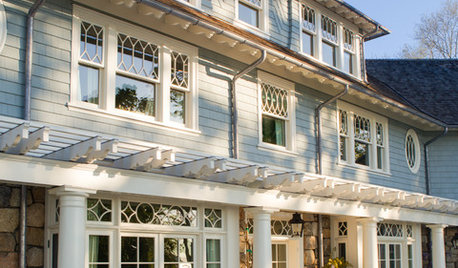
TRADITIONAL HOMESHouzz Tour: New Shingle-Style Home Doesn’t Reveal Its Age
Meticulous attention to period details makes this grand shorefront home look like it’s been perched here for a century
Full Story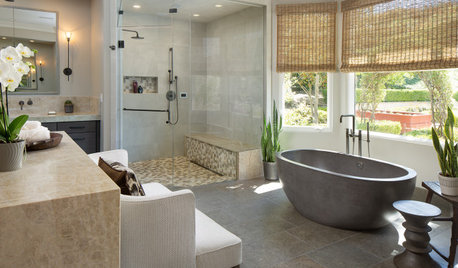
UNIVERSAL DESIGN11 Ways to Age-Proof Your Bathroom
Learn how to create a safe and accessible bathroom without sacrificing style
Full Story
REMODELING GUIDESOriginal Home Details: What to Keep, What to Cast Off
Renovate an older home without regrets with this insight on the details worth preserving
Full Story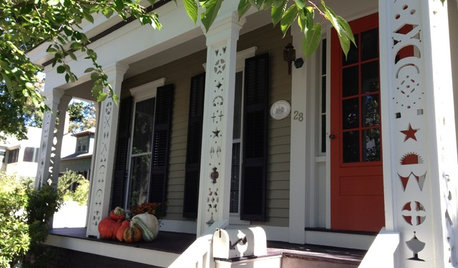
LIFEAge Is Just a Number: Houzzers’ Homes Old and New
Hear the stories behind homes ages 1 to 171, then share yours
Full Story
MOST POPULARHouzz Tour: Going Off the Grid in 140 Square Feet
WIth $40,000 and a vision of living more simply, a California designer builds her ‘forever’ home — a tiny house on wheels
Full Story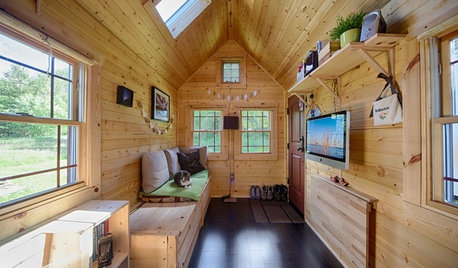
SMALL HOMESHouzz Tour: Sustainable, Comfy Living in 196 Square Feet
Solar panels, ship-inspired features and minimal possessions make this tiny Washington home kind to the earth and cozy for the owners
Full Story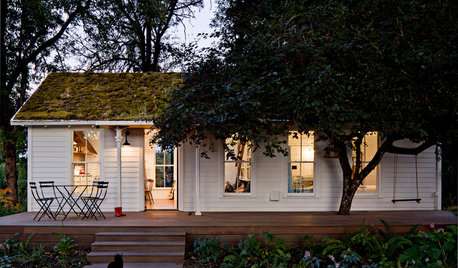
SMALL HOMESHouzz Tour: A Family of 4 Unwinds in 540 Square Feet
An extraordinarily scaled-down home and garden for a couple and their 2 kids fosters sustainability and togetherness
Full Story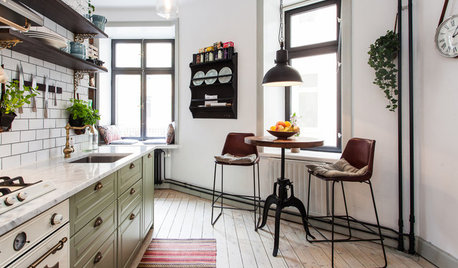
KITCHEN DESIGNFind Your Dining Style: 9 Strategies for Eat-In Kitchens
What kind of seating do you request at a restaurant? It may hold the key to setting up your kitchen table
Full Story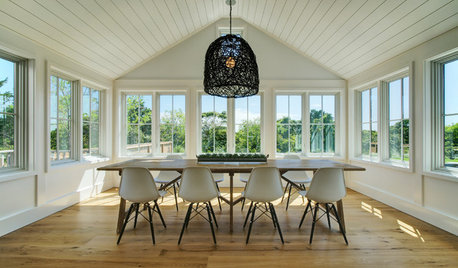
DINING ROOMSHow to Choose the Right Dining Table
Round, rectangle or square? How big? Here’s how to find a dining table that works for your space
Full Story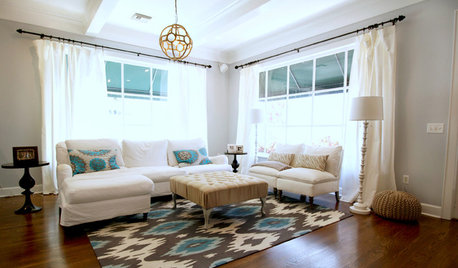
HOUZZ TOURSMy Houzz: Beach-Chic Style for a Florida Bungalow
Blues and whites create a coastal vibe in a family’s ‘forever’ home in Tampa
Full Story







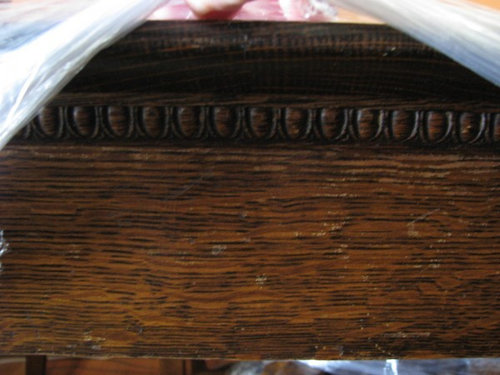

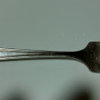
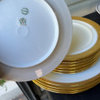


jemdandy
lazy_gardens
Related Professionals
Mill Valley Furniture & Accessories · Decatur Painters · East Concord Painters · Hutto Painters · Crest Hill Painters · Jackson Painters · Oxford Painters · Rossmoor Painters · Wake Forest Painters · West Valley City Painters · Woodridge Painters · South Euclid Painters · Franklin Furniture & Accessories · Kirkland Furniture & Accessories · San Diego Professional OrganizersStocky
lazy_gardens
Stocky
MissHTMLOriginal Author
lazy_gardens
cold_weather_is_evil
peegee